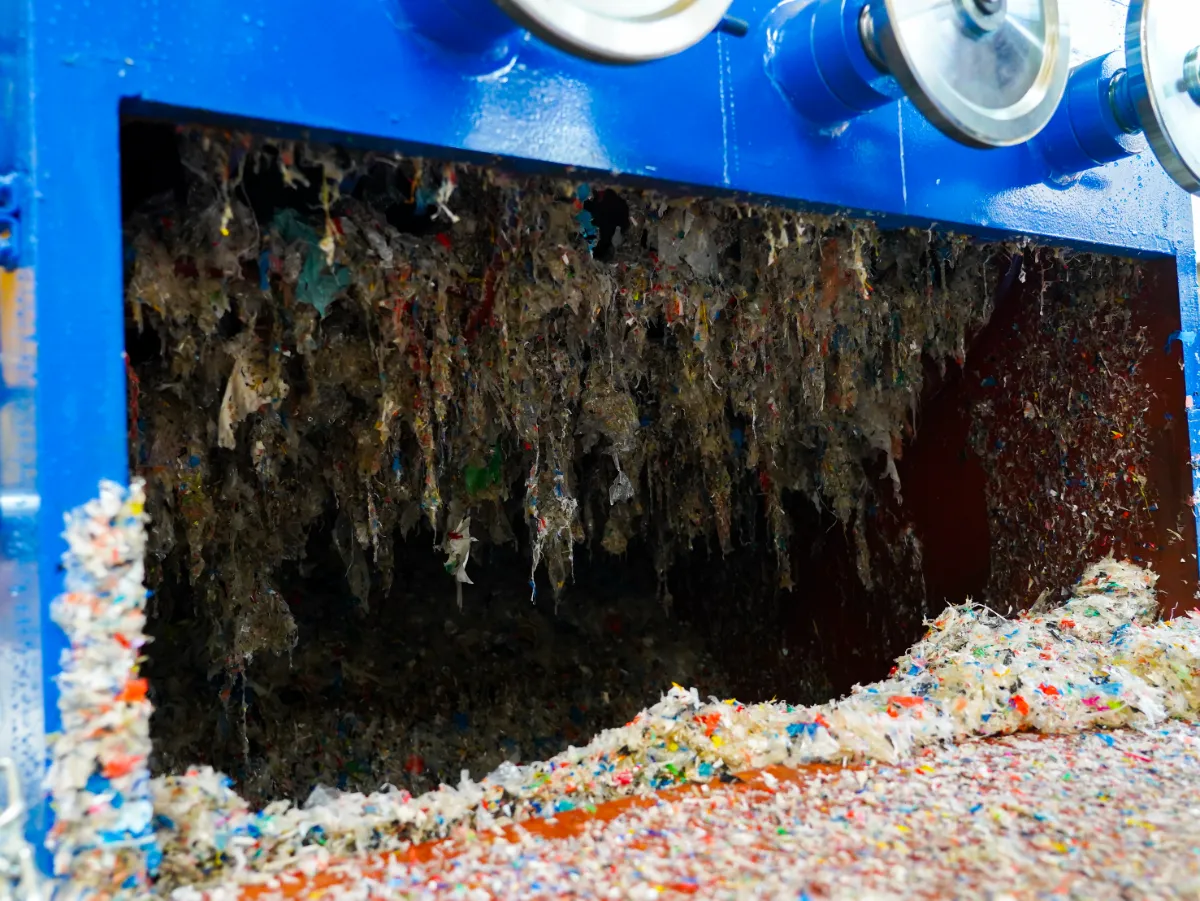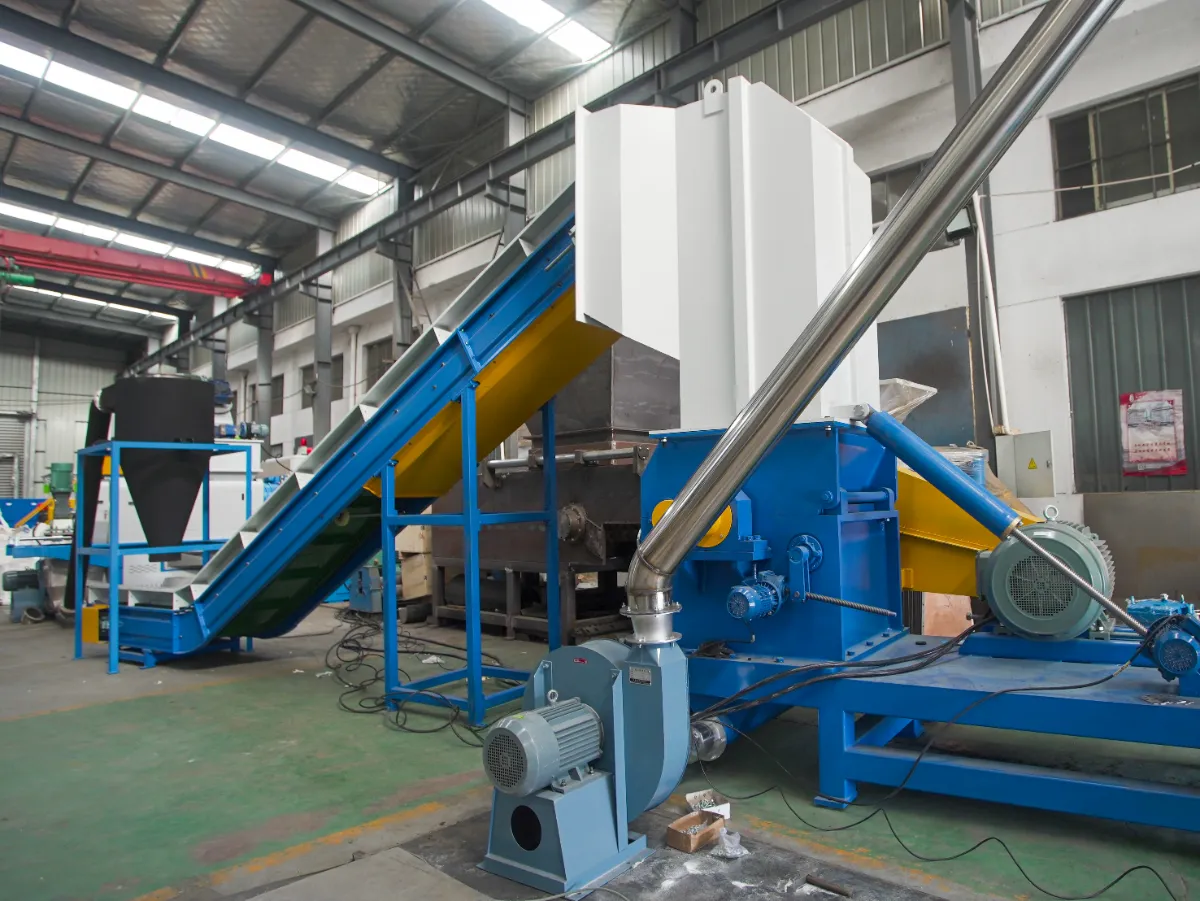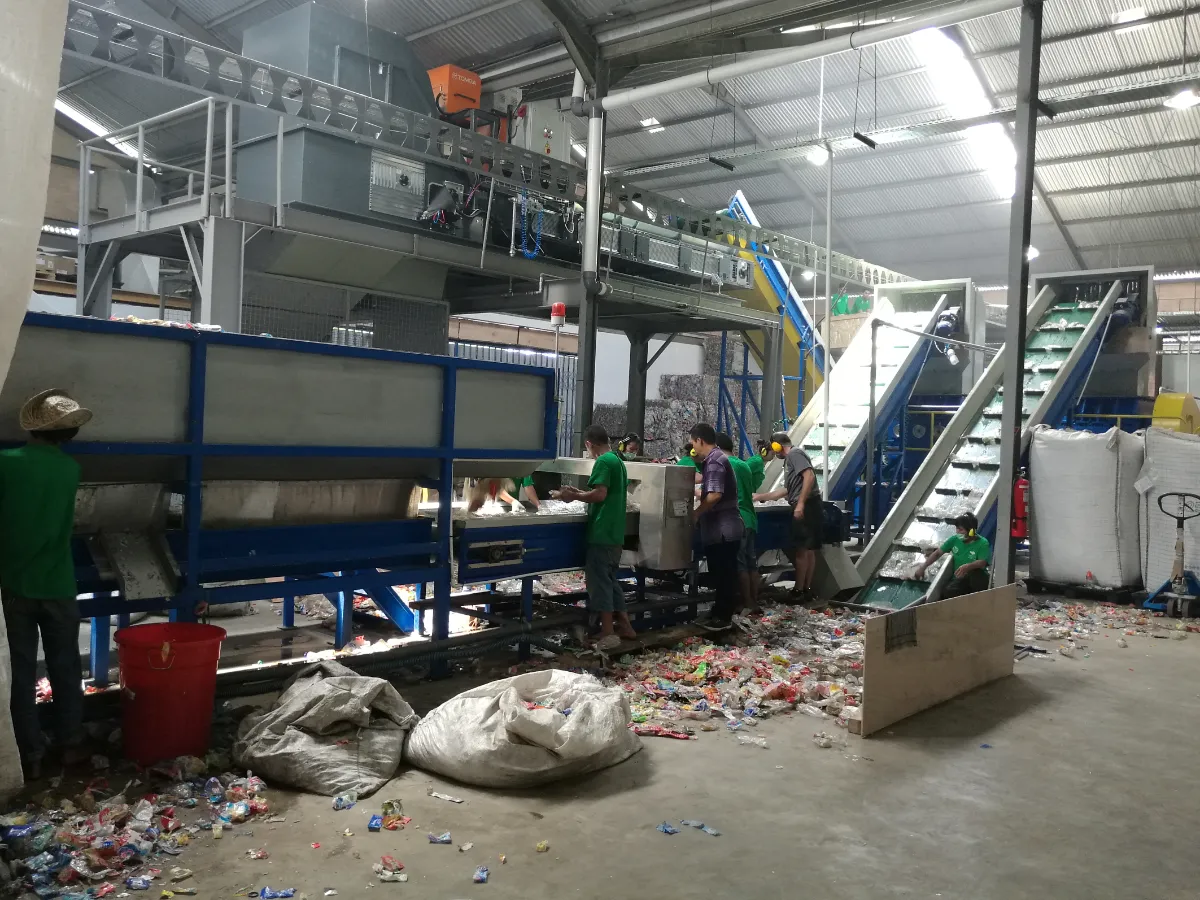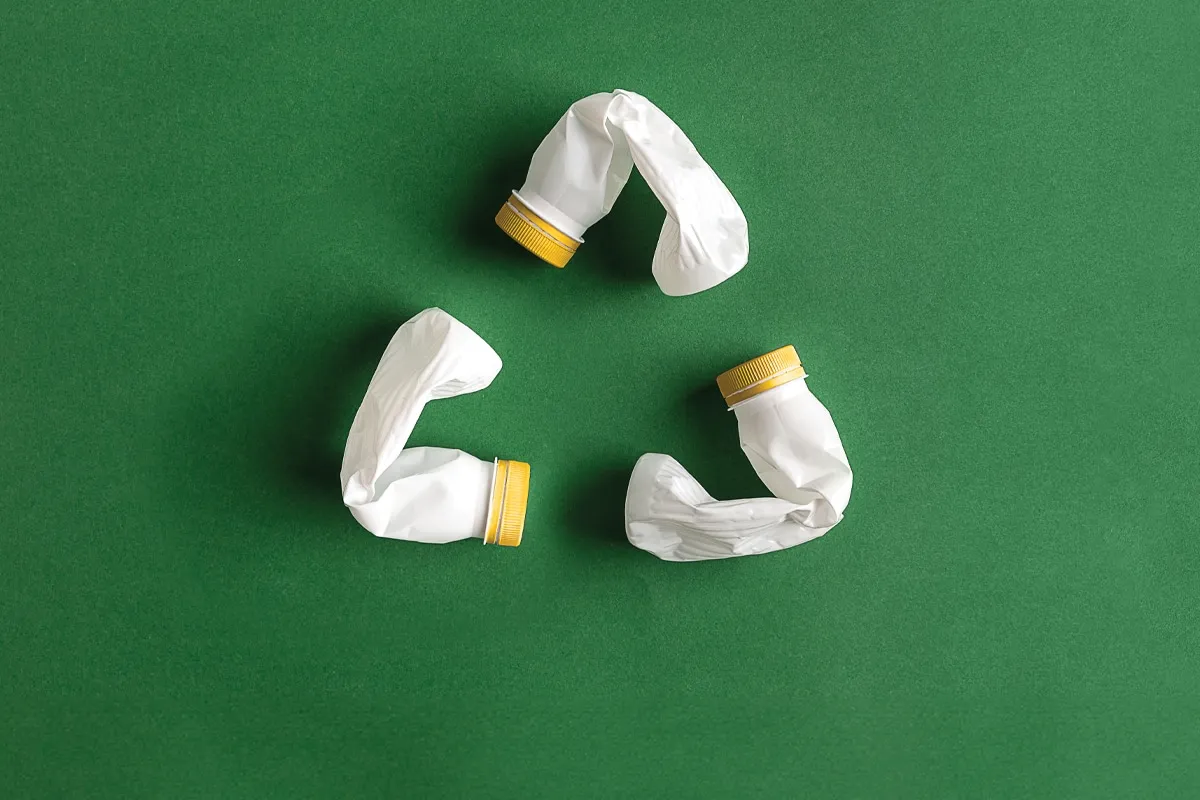Analiza trendów na globalnym rynku maszyn do recyklingu tworzyw sztucznych
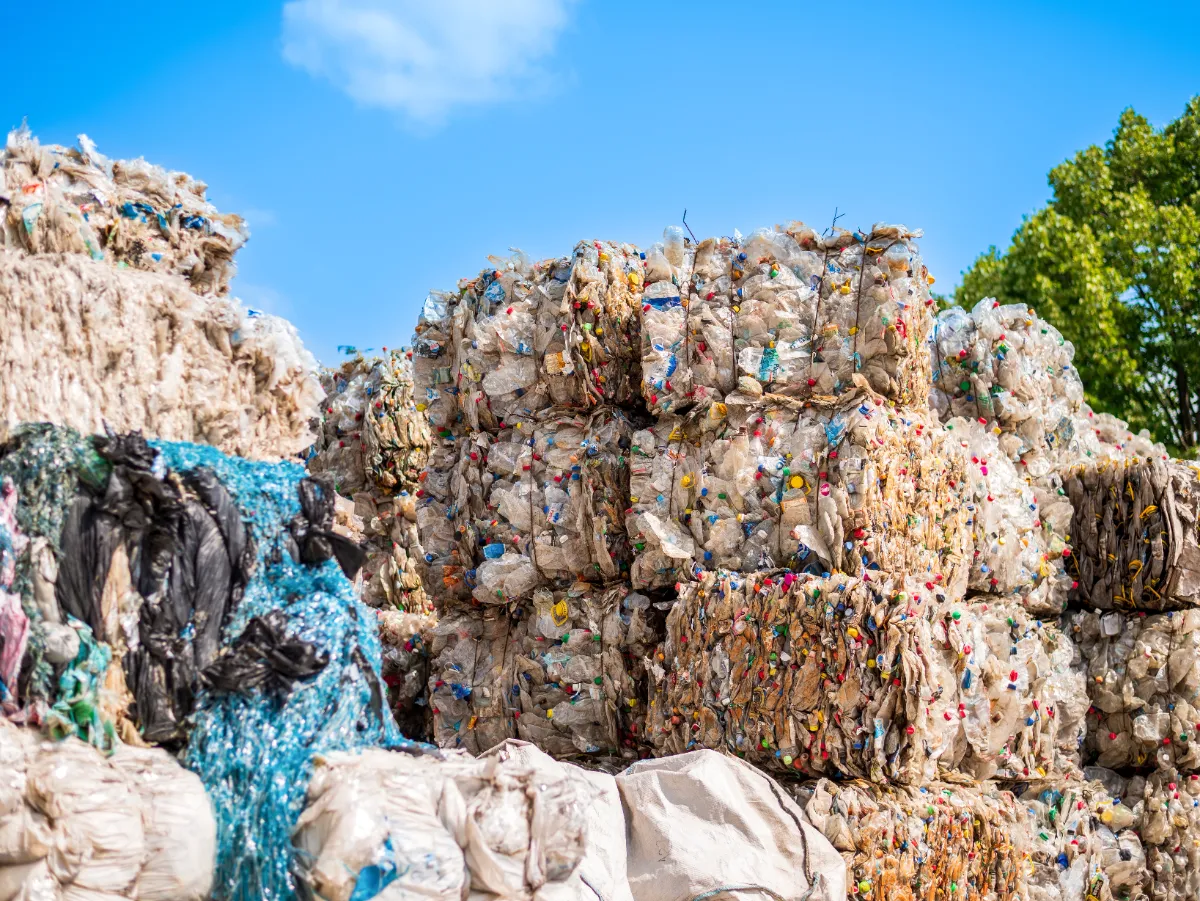
Światowy rynek maszyn do recyklingu tworzyw sztucznych odnotowuje znaczący wzrost, który jest napędzany przez rosnącą świadomość zrównoważonego rozwoju środowiska i coraz...




